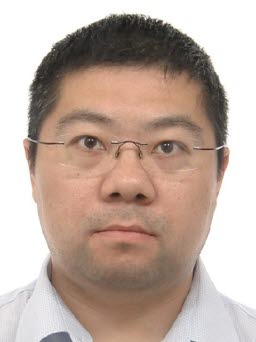Better tyre recipes
Multivariate analysis tools can help Nynas and its customers to optimise the formulation of tyre rubber compounds, Nynas researchers conclude after some initial tests.
Holistic approach
Focusing mainly on the effects achieved when one tyre oil, usually DAE, TDAE or RAE, is replaced by a naph-thenic alternative, Nynas researchers have shown that naphthenic tyre oils not only parallel the performance of the more traditional products, but also offer other benefits, such as lower rolling resistance, that contribute to an improved fuel economy.
Multivariate analysis tools allow a holistic approach, offering more insight into how a compound recipe could be further optimised by taking into account other key components of the rubber, for instance rubber polymers, fillers and vulcanising additives. Graphs (to the left) relating to the curing rate provide an example.
Multivariate analysis tools can help Nynas and its customers to optimise the formulation of tyre rubber compounds, Nynas researchers conclude after some initial tests.
In traditional formulation experiments, we study the impact of different parameters or variables individually. However, so-called multiple variables analysis tools allow us to model the impact of all relevant parameters simultaneously. This approach to develop and optimise tyre rubber compounds will reduce the number of test formulations required,” explains Dr Kamyar Alavi, Senior Technical Advisor, Nynas.
Having tested such computer modelling tools in a recent study, Dr Alavi believes that they can be of great help to Nynas and its customers. In their study, the researchers used a multivariate experimental design approach to better understand the effects key components have on the properties of the final rubber. To explain the benefits, he uses a culinary analogy:
“Improving the recipe for a stew, you can either make many different stews in which you vary the amounts of meat, salt, spices and so on individually, or you can use your cookery skills to model the results of varying all key ingredients at the same time.”
Nynas researchers used their experience and knowledge in a similar way in order to arrive at an optimised tyre rubber formulation, given the boundary conditions.
“It is a different approach. We could advise customers who require a certain property which variable they need to alter in order to achieve the desired result,” says Dr Alavi.













































